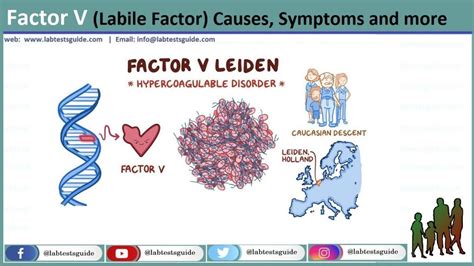How To Factor V
Ronan Farrow
Feb 24, 2025 · 3 min read

Table of Contents
How to Factor V: A Comprehensive Guide
Factoring V, or more accurately, factoring expressions involving the variable 'V', is a fundamental skill in algebra. It involves breaking down a mathematical expression into simpler terms that when multiplied together, produce the original expression. This guide will walk you through various techniques for factoring expressions containing 'V'.
Understanding the Basics of Factoring
Before diving into specific examples, it's crucial to grasp the core concept of factoring. Factoring is essentially the reverse process of expanding. When you expand an expression, you use the distributive property (e.g., a(b + c) = ab + ac). Factoring does the opposite: it finds the common factors within an expression to rewrite it as a product of simpler terms.
Common Factoring Techniques for Expressions with 'V'
Here are some common techniques, illustrated with examples featuring the variable 'V':
1. Greatest Common Factor (GCF): This is the simplest method. Identify the largest factor common to all terms in the expression and factor it out.
- Example:
3V² + 6V
The GCF of 3V² and 6V is 3V. Factoring it out, we get: 3V(V + 2)
2. Factoring Quadratic Expressions: Quadratic expressions are of the form aV² + bV + c, where 'a', 'b', and 'c' are constants. Factoring these often requires finding two numbers that add up to 'b' and multiply to 'ac'.
- Example:
V² + 5V + 6
We need two numbers that add up to 5 and multiply to 6. These numbers are 2 and 3. Therefore, the factored form is: (V + 2)(V + 3)
- Example (with a leading coefficient):
2V² + 7V + 3
This requires a bit more trial and error. You need to find factors of 2 (the coefficient of V²) and 3 (the constant term) that combine to give 7 (the coefficient of V). In this case, it is (2V+1)(V+3).
3. Difference of Squares: If you have an expression in the form a²V² - b², it can be factored as (aV + b)(aV - b).
- Example:
4V² - 9
This is a difference of squares (2V)² - 3². The factored form is: (2V + 3)(2V - 3)
4. Factoring by Grouping: This technique is useful for expressions with four or more terms. Group terms with common factors and then factor out the GCF from each group.
- Example:
2V³ + 4V² + 3V + 6
Group the terms: (2V³ + 4V²) + (3V + 6)
Factor out the GCF from each group: 2V²(V + 2) + 3(V + 2)
Now, factor out the common binomial factor (V + 2): (V + 2)(2V² + 3)
Practicing and Mastering Factoring V
The key to mastering factoring expressions with 'V' (or any variable) is practice. Work through numerous examples, using the techniques outlined above. Start with simpler expressions and gradually progress to more complex ones. Online resources and textbooks offer numerous practice problems. Remember to always check your answer by expanding the factored form to ensure it matches the original expression. With consistent effort, you'll develop a strong understanding of factoring and its applications in algebra.
Featured Posts
Also read the following articles
| Article Title | Date |
|---|---|
| How To Connect Airpods To Windows Laptop Youtube | Feb 24, 2025 |
| How To Blur Whatsapp Web Safari | Feb 24, 2025 |
| How To Lock Cell In Excel After Data Entry | Feb 24, 2025 |
| How To Make Fried Rice Taste Like Chinese Restaurant | Feb 24, 2025 |
| How To Win Friends And Influence People Course | Feb 24, 2025 |
Latest Posts
Thank you for visiting our website which covers about How To Factor V . We hope the information provided has been useful to you. Feel free to contact us if you have any questions or need further assistance. See you next time and don't miss to bookmark.
